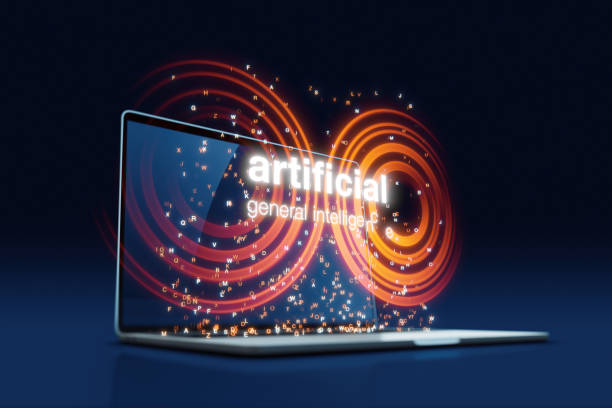“AI will take your job.”
“AI will make 90% of humans redundant.”
“AI will explode GDP growth overnight.”
These headlines are everywhere — and they’re wrong, or at best, misleading.
Much like Thomas Malthus’ 18th-century prediction that population growth would outstrip food production, today’s AI narratives are driven more by fear, hype, and profit motives than by historical or economic reality.
📉 The Myth of Mass Job Displacement
Every technological revolution — from the steam engine to the internet — has led to fears of job destruction. But in practice, these innovations have:
- Shifted labor to new sectors,
- Increased productivity,
- Created entirely new industries and opportunities.
AI is no different. While it will displace certain tasks, especially repetitive ones, it won’t erase meaningful work. Instead, it will raise the baseline of productivity, particularly in countries that are far from saturation.
🌐 The World Isn’t a Fully Optimized Economy
The “AI will replace everyone” narrative assumes that:
- All economies are already optimized,
- Everyone is employed in high-value roles,
- There’s nowhere for productivity gains to go.
But this couldn’t be further from the truth.
- China, despite its rapid rise, still has decades to go before reaching European per-capita income levels.
- India and Africa are a century behind in many structural metrics.
- Even within the U.S., real inflation-adjusted median incomes have barely grown in 10–15 years.
In other words: there is massive room for growth, especially in the Global South. AI-driven productivity improvements won’t throw people out of work — they will be absorbed as infrastructure, just like roads, electricity, or mobile networks were.
🤖 AI Is Not a Philosopher’s Stone
The belief that AI will magically solve every problem — from energy creation to malnutrition — is fantasy.
- AI cannot change the laws of nature.
- It cannot create energy out of nothing.
- It cannot mine rare elements like lithium from sand.
- It cannot grow superfoods to instantly feed the 2+ billion malnourished people across the globe.
Yes, AI can optimize logistics, predict demand, or simulate supply chains. But it cannot conjure physical resources out of thin air.
🧠 Hallucinations Still Exist — and So Do Limits
Even in relatively low-IQ job domains like customer support, current AI systems hallucinate, make factual errors, and struggle with nuance. Programming, decision-making, policy analysis, and ethical reasoning are miles away from being reliably automated.
Until we solve hallucination, bias, context-awareness, and data alignment at scale, AI will remain a co-pilot — not a replacement.
💰 Prosperity Hasn’t Been Shared — Even in the U.S.
The last decade of AI-driven innovation didn’t lift everyone. In fact:
- The top 10% captured most of the wealth.
- Gig work surged while job security fell.
- Automation increased shareholder profits but didn’t always translate to wage growth.
So when someone says “AI will grow GDP,” ask: for whom?
✅ Let’s Focus on Real Use-Cases, Not Hype
AI can:
- Improve diagnostics in under-resourced hospitals.
- Automate tedious processes in public systems.
- Enhance teaching tools in low-literacy areas.
- Forecast inventory or demand in small manufacturing setups.
But these are enterprise-grade, high-accountability applications — not clickbait headlines about “AI gods” or doomsday predictions.
🙏 Final Thought
Let’s move the conversation away from AI as magic and toward AI as infrastructure — a tool to improve productivity, efficiency, and human potential, especially in countries that need it the most.
Because the real problem isn’t that AI is coming for your job — it’s that the benefits may once again be captured by the few, while the rest are left with the illusion of progress.


0 Comments